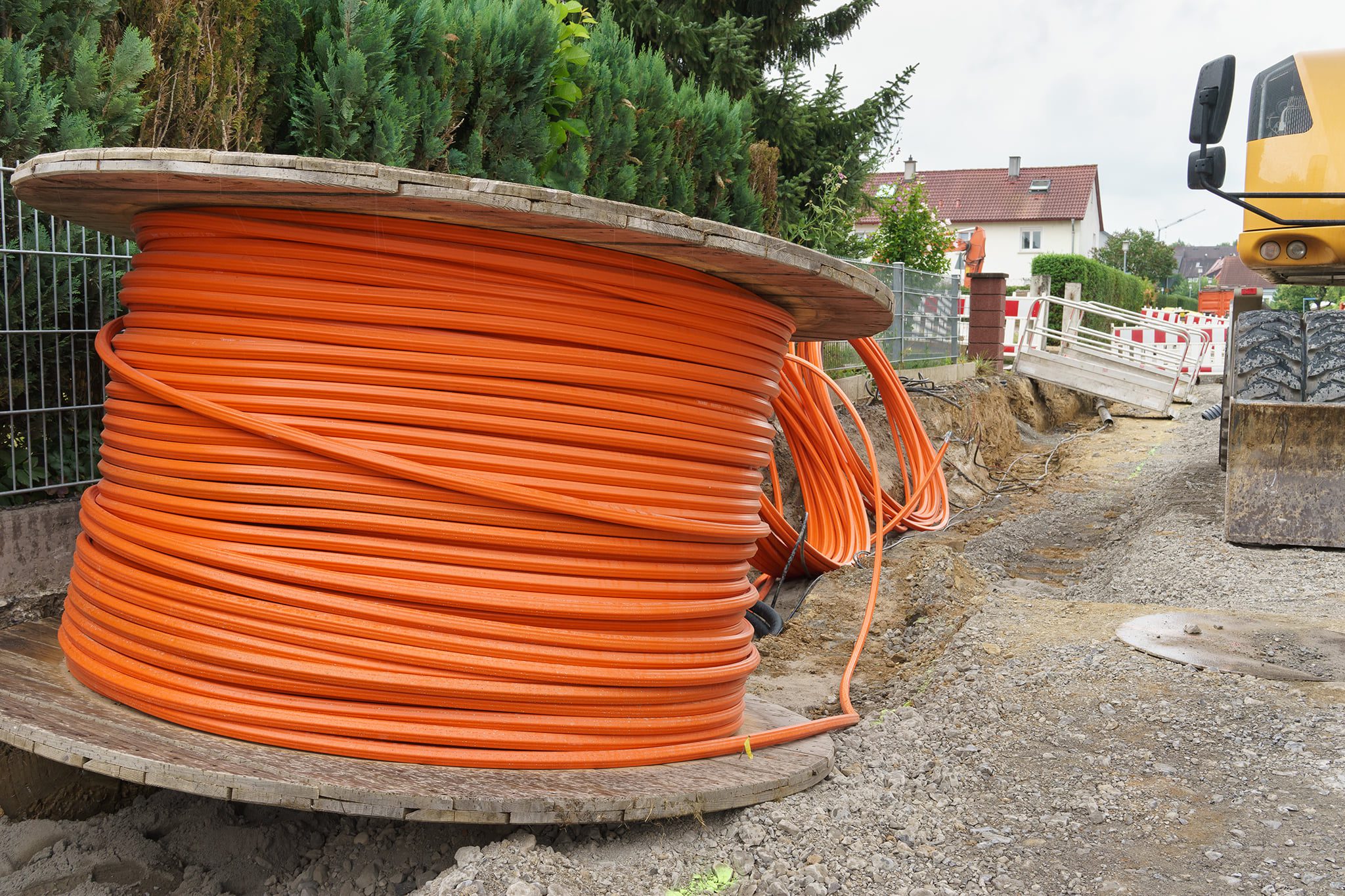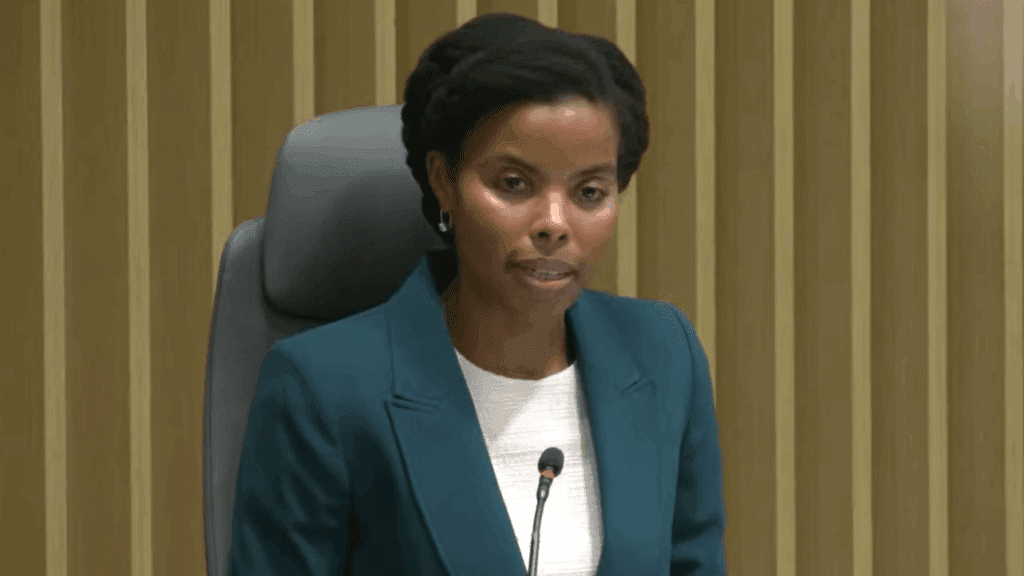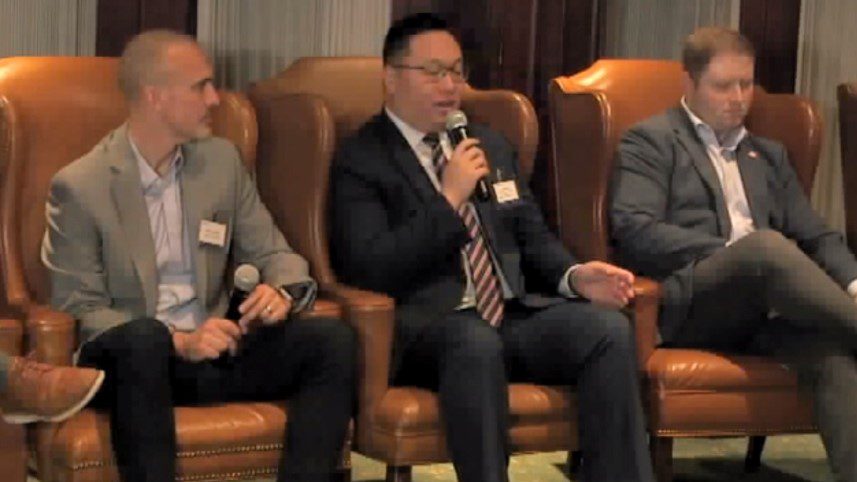ReConnect 4 Offers Similarities and New Angles to Broadband Funding Program
Randy Sukow
|

The U.S. Department of Agriculture’s Rural Utilities Service (RUS) has released a preliminary Notice of Funding Opportunity (NOFO) for Round 4 of the ReConnect Loan and Grant broadband funding program.
Like previous rounds of ReConnect, applicants propose their own funding areas, and choose among loans, loan/grant combinations or grant funding categories.
Based on the preliminary NOFO, the application window will open on Sept. 6 and close on Nov 2. The Application Guide for Round 4 has yet to be released, so many unknown details remain. In past rounds, RUS has not released the Application Guide until the application window opened.
However, the NOFO does illustrate some aspects of the program that differ from previous rounds. Congress has redefined eligible areas, referred to as Proposed Funded Service Areas (PFSAs) as those where 50 percent of households lack sufficient access to broadband services – specifically, 100 megabits per second (Mbps) downstream and 20 Mbps upstream.
Notably there are more distinct categories for grant funding than in earlier rounds. The funding categories for Round 4 will include:
- 100 Percent Loan – Up to $150 million is available for loans. The maximum request amount is $50 million.
- 50 Percent Loan/50 Percent Grant Combination. Up to $150 million is available for loans and up to $150 million for grants. The maximum request per is $25 million for the loan and $25 million for the grant. Loan and grant amounts will always be equal.
- 100 Percent Grant – Up to $150 million is available for grants. The maximum amount that can be requested per application is $25 million. The NOFO requires a 25 percent match, although there are exceptions. To encourage broadband deployment in remote areas, the applicant may request up to $35 million when providing supporting information that 100 percent of Proposed Funded Service Areas (PFSAs) are Economic Research Service as Frontier and Remote (FAR) Level 4, as classified by the USDA. You can view a GIS layer of FAR Level 4 areas here.
- Projects serving areas where 90 Percent of households lack sufficient access to broadband – Up to $200 million is available for grants. The maximum amount of grant funds that can be requested in an application is $25 million.
- 100 Percent Grant for Alaska Native Corporations, Tribal Governments, Colonias, Persistent Poverty Areas and Socially Vulnerable Communities. Up to $350 million is available for grants. The maximum grant request is $25 million. However, the same provision allowing requests up to $35 million through FAR Level 4 classification in the 100 Percent Grant program apply.
“Colonias” are unincorporated low-income areas along the U.S.-Mexico border. “Persistent Poverty Areas” are counties where 20 percent or more of the population has lived in poverty for 30 years. “Socially Vulnerable Communities” are determined by the Center for Disease Control’s Social Vulnerability Index, which is based on a variety of factors including socioeconomic status, household composition, minority status, or housing type and transportation, among others. RUS ReConnect maps will identify all of these areas.
More information will be available shortly in an NRTC Funding Alert. NRTC plans to offer its members a webinar on ReConnect Round 4 in mid-August.


